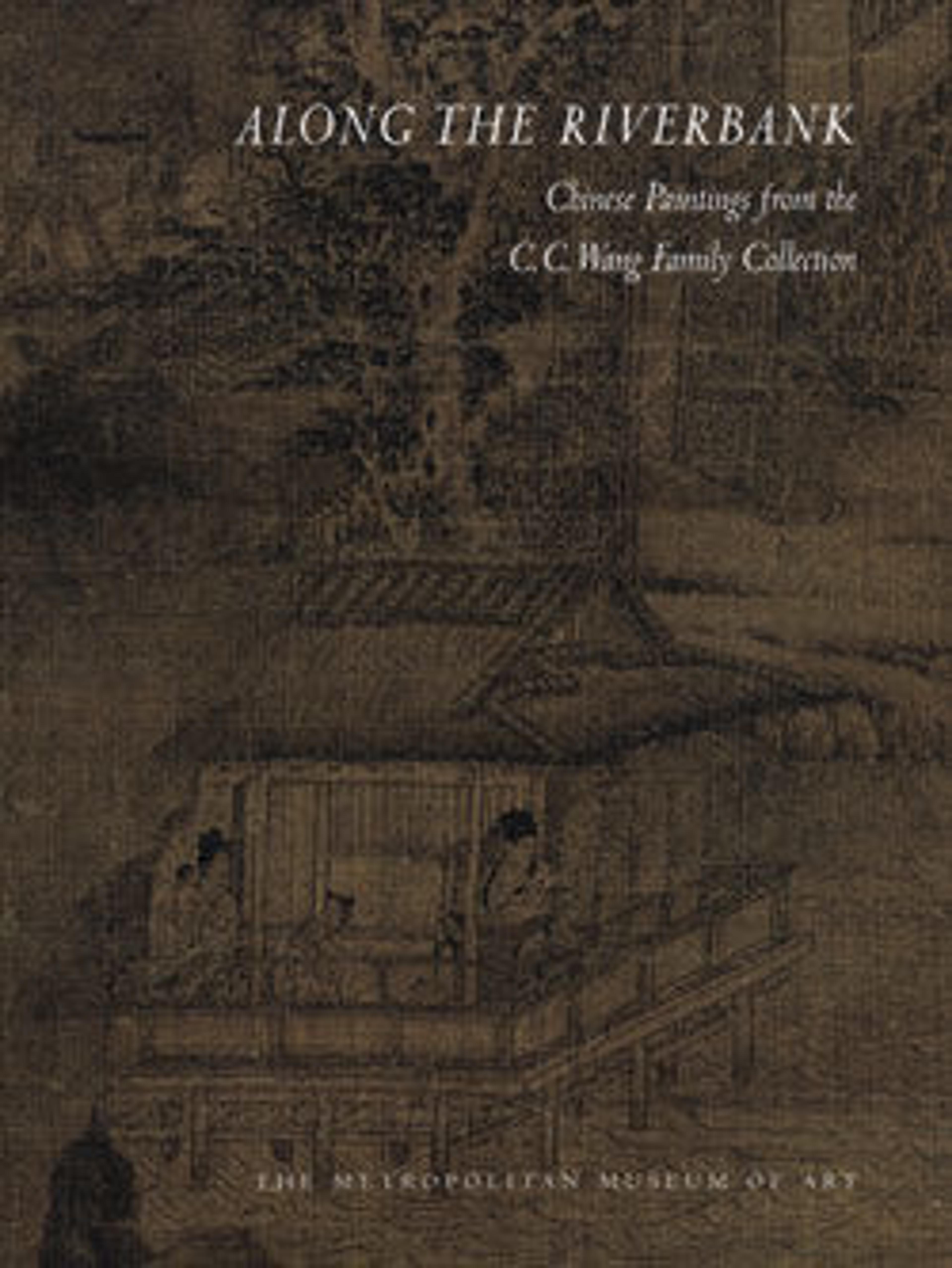Mandarin ducks and cotton rose hibiscus
Big, colorful, and dazzling, this painting demonstrates why Lü Ji became the most revered bird-and-flower painter at the court of the Ming emperor Hongzhi (r. 1488–1505). Hung in a palace, this work would have added a splash of pizzazz, brightening the interior space with the vitality of the natural world. Like most of Lü’s paintings, this one also has a symbolic dimension: the pair of mandarin ducks in the foreground connote a happy marriage, while the surrounding flowers form rebuses (visual puns) that underscore the message. For instance, the word for “hibiscus” (furong 芙蓉) combines with “cassia” (gui 桂) to form the rebus furong qigui 夫榮妻貴, meaning “prosperous groom, honorable bride”—the perfect painting to celebrate a wedding.
Artwork Details
- 明 呂紀 鴛鴦芙蓉圖 軸
- Title: Mandarin ducks and cotton rose hibiscus
- Artist: Lü Ji (Chinese, active late 15th century)
- Period: Ming dynasty (1368–1644)
- Date: late 15th century
- Culture: China
- Medium: Hanging scroll; ink and color on silk
- Dimensions: Image: 68 x 39 in. (172.7 x 99.1 cm)
Overall with mounting: 116 1/4 x 40 1/4 in. (295.3 x 102.2 cm)
Overall with knobs: 116 1/4 x 44 1/2 in. (295.3 x 113 cm) - Classification: Paintings
- Credit Line: Ex coll.: C. C. Wang Family, Gift of Oscar L. Tang Family, 2005
- Object Number: 2005.494.2
- Curatorial Department: Asian Art
More Artwork
Research Resources
The Met provides unparalleled resources for research and welcomes an international community of students and scholars. The Met's Open Access API is where creators and researchers can connect to the The Met collection. Open Access data and public domain images are available for unrestricted commercial and noncommercial use without permission or fee.
To request images under copyright and other restrictions, please use this Image Request form.
Feedback
We continue to research and examine historical and cultural context for objects in The Met collection. If you have comments or questions about this object record, please complete and submit this form. The Museum looks forward to receiving your comments.
